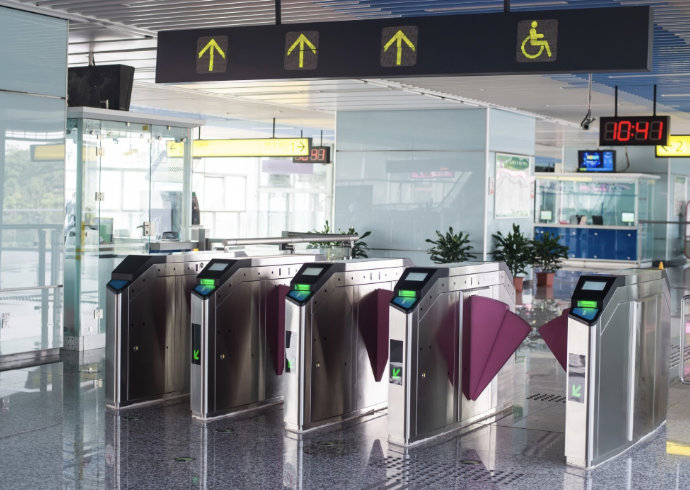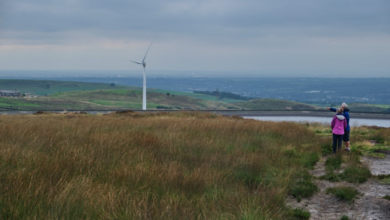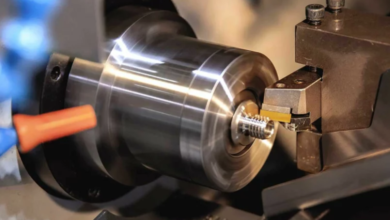
Comparing Tripod, Swing, and Optical Turnstiles: Which Is Best for Your Building?
Turnstiles are more than just entry gates. They control the flow of people and provide basic to very advanced safety. In addition, turnstiles set the tone of the place—functional, formal, or high-tech. Among the vast array of choices, the three most commonly used turnstiles are tripod, swing, and optical. Each serves a purpose and aligns with different needs. When you understand how they work and what they can do, you are in a better position to choose the most suitable one for your building.
Tripod Turnstiles: Simple, Reliable, and Budget-Friendly
Tripod turnstiles are one of the most common designs. These turnstiles are prevalent in metro stations, college entrances, or basement offices. Equipped with three rotating arms, these turnstiles allow individuals to pass one at a time once they have been cleared.
Why do many buildings choose them?
- Sturdy and built for heavy pedestrian usage
- Save a lot of space
- Low-maintenance
- Low in price
Issues to consider:
- Does not accommodate strollers, carts, or wheelchairs
- Clashes with design aesthetics in an upscale lobby
- Requires manual pushing, which could slow down the traffic flow
These turnstiles operate silently and efficiently. When sporadic access control is desired and keeping costs down is paramount, especially in places where design is not the primary concern, this is an option to consider.
Swing Turnstiles: More Room, More Elegance
Swing turnstiles operate differently. Instead of arms rotating, glass or steel barriers swing open once access is given. They are broader and more aesthetically pleasing.
Why do many buildings choose them?
- Welcoming and easier to pass through
- Wheelchairs, luggage, and delivery trolleys can fit
- Quieter in motion
- Finish is modern and clean—ideal for reception areas and corporate buildings
Issues to consider:
- Needs adequate room to operate
- Offers moderate security
- Costs more than a tripod but less than an optical turnstile
Swing turnstiles serve best when you want usability with a touch of design. They are commonly found in the banking industry, universities, healthcare centers, and mid-to-high-tier offices.
See also: Quotex: A Closer Look at the Trading Tech Everyone’s Talking About
Optical Turnstiles: Smooth, Fast, and Tech-Focused
Optical turnstiles mostly do not have any physical arms. Instead, they use sensors, mostly infrared ones, to sense the passage of an individual. A few models have glass wings that slide open; however, the system primarily works through the sensor.
Why do many buildings choose them?
- Ease of walking through without touching anything
- Fastest turnstile, especially during rush hours
- Tailgating is detected and flagged immediately
- Minimalist look, suitable for upscale interiors
Issues to consider:
- Most expensive turnstile
- Installation process must be precise
- Sensors require constant calibration
- Difficult to use for first-time users
Such turnstiles are best suited for incubators, government buildings, and high-security offices where fast intelligence and design-led access tracking are crucial.
How to Decide What Fits Best
Start by asking what your building needs most: strict access control, a smooth flow of movement, a modern aesthetic, or all three.
Tripod turnstiles would be a viable option if there is massive daily foot traffic within the premises, aiming at basic access regulation with minimal investment.
Swing will come into play if you need wider lanes and a more appealing look, especially from areas that welcome the public or visitors.
Optical turnstiles are ideal for situations where speed, smart access, and design-forward features are required, such as airports, headquarters, or locations that utilize integrated access systems.
Each turnstile style works well. However, the critical deciding factors depend on how well it fits the speed and personality of your building.



